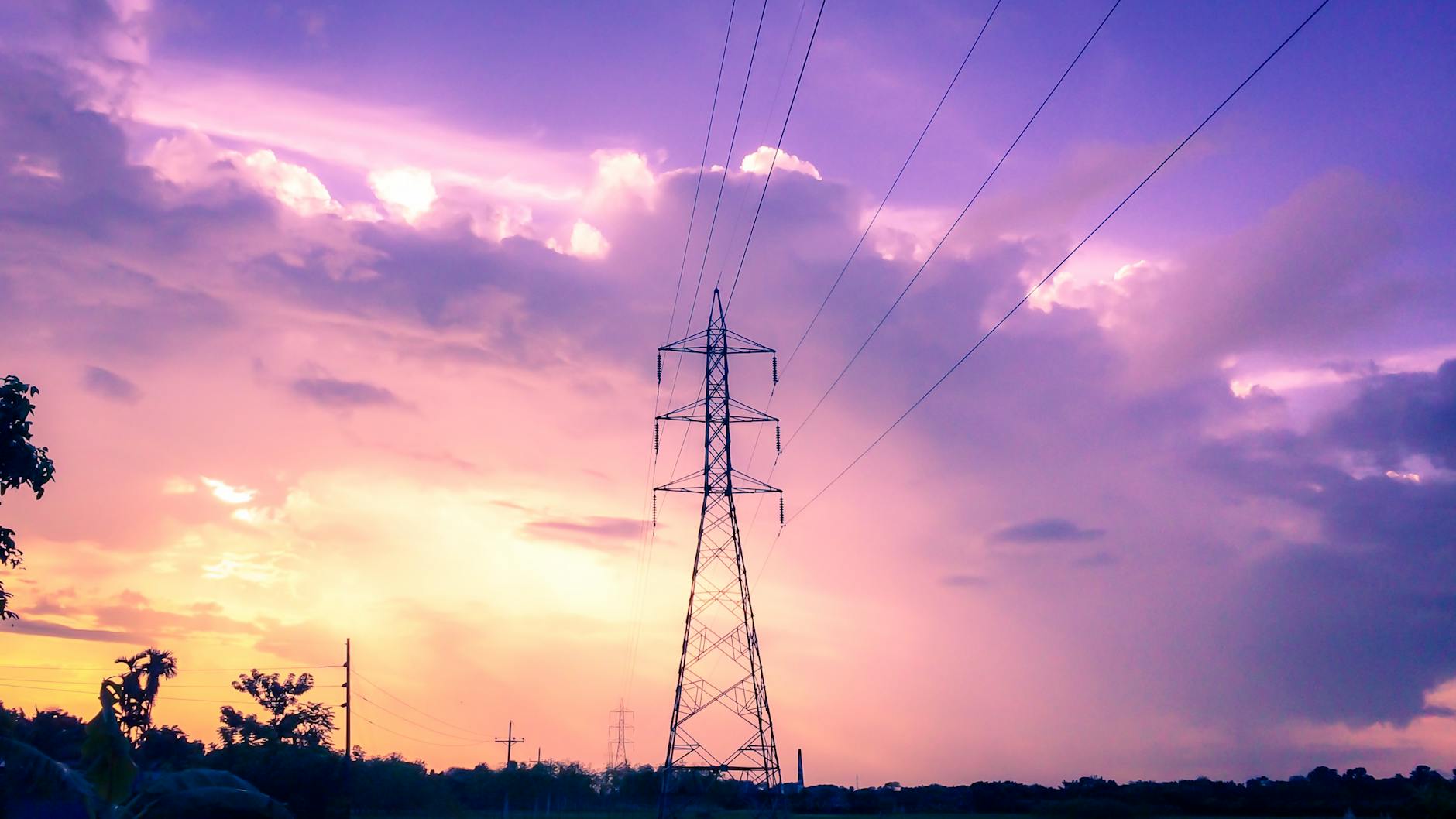Towards a Greener World: Embracing Renewable Energy Innovations


As the world grapples with the urgent need to address climate change and reduce carbon emissions, the shift towards renewable energy sources has gained momentum. Embracing renewable energy innovations offers a promising path towards a greener world, one that is characterized by sustainability, environmental stewardship, and energy independence.
The Need for Renewable Energy
The burning of fossil fuels, such as coal, oil, and natural gas, for energy production is a major contributor to greenhouse gas emissions and air pollution. These emissions not only accelerate climate change but also pose significant health risks to humans and ecosystems. In contrast, renewable energy sources, such as solar, wind, hydroelectric, and geothermal power, offer clean and sustainable alternatives that can help mitigate these environmental challenges.
Solar Power
Solar power harnesses energy from the sun using photovoltaic cells, which convert sunlight into electricity. Solar panels can be installed on rooftops, in solar farms, or integrated into building materials to generate clean energy. Advances in solar technology, such as improved efficiency and lower production costs, have made solar power increasingly accessible and cost-effective. With proper planning and investment, solar energy has the potential to play a significant role in the transition to a renewable energy future.
Wind Power
Wind power utilizes the kinetic energy of wind to generate electricity through wind turbines. These turbines, often clustered together in wind farms, capture the wind's energy and convert it into electrical power. Wind energy is abundant, renewable, and emissions-free, making it a valuable resource for meeting energy demands while reducing reliance on fossil fuels. Continued advancements in wind turbine technology, including larger and more efficient turbines, have further enhanced the viability and competitiveness of wind power as a renewable energy source.
Hydroelectric Power
Hydroelectric power harnesses the energy of flowing water to generate electricity. Dams and reservoirs are built to capture the energy of falling water, which is then converted into electrical power through turbines. Hydroelectric power is a mature and reliable form of renewable energy, accounting for a significant portion of global electricity generation. While large-scale hydroelectric projects have faced environmental and social concerns, innovations in smaller-scale hydroelectric systems and run-of-the-river projects offer more sustainable alternatives with reduced environmental impacts.
Geothermal Power
Geothermal power utilizes heat from the Earth's interior to generate electricity or provide direct heating and cooling. Geothermal energy is extracted from underground reservoirs of hot water or steam and used to drive turbines connected to generators. Geothermal power plants produce minimal greenhouse gas emissions and provide reliable baseload electricity, making them an attractive option for sustainable energy generation. Although geothermal resources are geographically limited, technological advancements in enhanced geothermal systems and geothermal heat pumps are expanding the potential for widespread adoption of geothermal energy.
The Road Ahead
Embracing renewable energy innovations is essential for transitioning towards a greener world and achieving climate targets outlined in international agreements such as the Paris Agreement. Governments, businesses, and individuals must collaborate to accelerate the deployment of renewable energy technologies, invest in research and development, and implement policies that promote clean energy adoption. By harnessing the power of renewable resources, we can create a more sustainable and resilient energy system that benefits both people and the planet for generations to come.